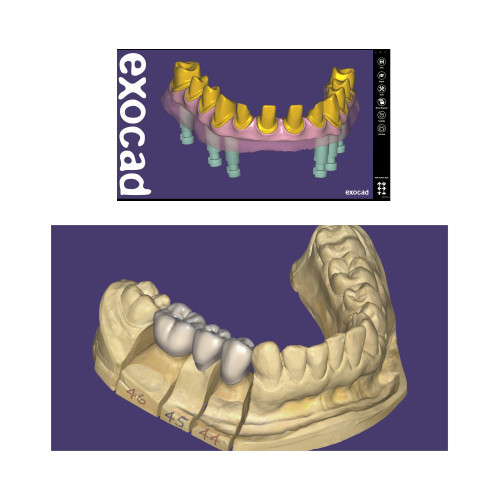
Smile Designing | A perfect smile is no longer a dream
Smile designing is a dental cosmetic procedure to enhance or correct patients smile which involves reshaping the patients teeth and gums for aesthetic and natural smile. It includes consideration of teeth shape, size, colour, contours of gums and overall bite of the patient. Smile beautification enhances the patients confidence. Smile designing is a dental cosmetic procedure to enhance or correct patients smile. It involves reshaping the patients teeth and gums for aesthetic and natural smile. It includes consideration of teeth shape, size, colour, contours of gums and overall bite of the patient. Smile beautification enhances the patients confidence.
There are various methods for designing a smile. It depends on individual to individual on the basis of study history which procedure would be suitable.
Principles of smile designing include mixture of facial and dental compositions:
Facial composition involves proper alignment and symmetry of face. Facial features which play an important role in designing a smile are interpupillary line and lips.
- The interpupillary line should be perpendicular to the midline of the face and parallel to the occlusal plane.
- Lips create borders for smile designing. Lip line is the amount of vertical tooth exposure in smiling. Generally an optimal lip line is when the upper lip reaches the gingival margins displacing the cervico incisal length of the maxillary central incisors along with interproximal gingiva.
- A high lip line exposes all of the clinical crown along with a band of gingival tissue. A low lip line shows less than 75% of axillary anterior teeth. 1-2 mm of gingival display is normal for females. Average maxillary incisor display is 1.9mm in males and 3.4 mm in females.
Various shapes of the face are square, tapering, square tapering, ovoid. Lateral profile can be straight, convex or concave. All these factors play a major role in determining the teeth size and shape.
Dental components involves Tooth midline, Incisal length, Tooth dimensions, Zenith points, Interdental contact area and points, Incisal embrasure, Sex, Personality, Age. Other aspects such as Gingival embrasure and Gingival health also play a major role.
Dental midline should be perpendicular to the incisal plane and parallel to the midline of face. Maximum allowed discrepancy can be 2mm. The centre of the philtrum of the lips should match the papilla between the central incisors.
Incisal length is the average maxillary incisal display which in men is 1.9mm and 3.4 mm in women.
Tooth dimension should be harmonious between dental proportion and tooth morphology to create aesthetically pleasing smile. The central incisors are the dominant teeth in the smile and are the key to the smile. The width to length ratio of the central incisor should be 4:5.
Zenith points is the most apical position of the cervical tooth margin where scalloping of gingiva is seen.it is located slightly distal to the vertical line drawn down the centre of the tooth. Zenith point helps in assessing closure of diastema cases, for correction of tooth angulation.
Interproximal contact area is the area between the two adjacent teeth where they touch is the interproximal contact area. It follows the 50:40:30 ratio. The increase in interproximal contact area helps to create illusion of longer teeth by wider and also extend apically to eliminate black triangles.
More factors that play a role in determining the teeth size and shape.
Incisal embrasures display a natural progressive increase in size or depth from central to the canine. The distal edge of tooth is more rounded than mesial edge.
Sex, personality, age: Young patients show unworn incisal edge, defined incisal embrasure, low chroma and high value. Aged teeth are shorter, minial incisal embrasure, high chroma, low value and less smile display. Females usually have rounded, smooth delicate teeth. Males tend to have vigorous hard cuboidal teeth.
Gingival health: A healthy gingiva is pale pink, stippled located facially 3 mm above alveolar crestal bone. Located interdentally 5 mm above the intercrestal bone papilla. This gingival tissue should fill the gingival embrasure up to the contact area.
Gingival embrasure: To avoid black triangles long contact areas should be designed. This will give rise to healthy papilla instead of blunt papilla.
Some of the procedures that consist of a smile designing are:
- Scaling and polishing or Teeth whitening
- Light cure fillings or Veneers or Crowns and bridges
- Dental implants
- Gingivoplasty or Gingivectomy
- Correction of gummy smile
- Crown lengthening
- Lip repositioning
- Depigmentation
- Cosmetic contouring
- Orthodontic corrections



Leave a reply